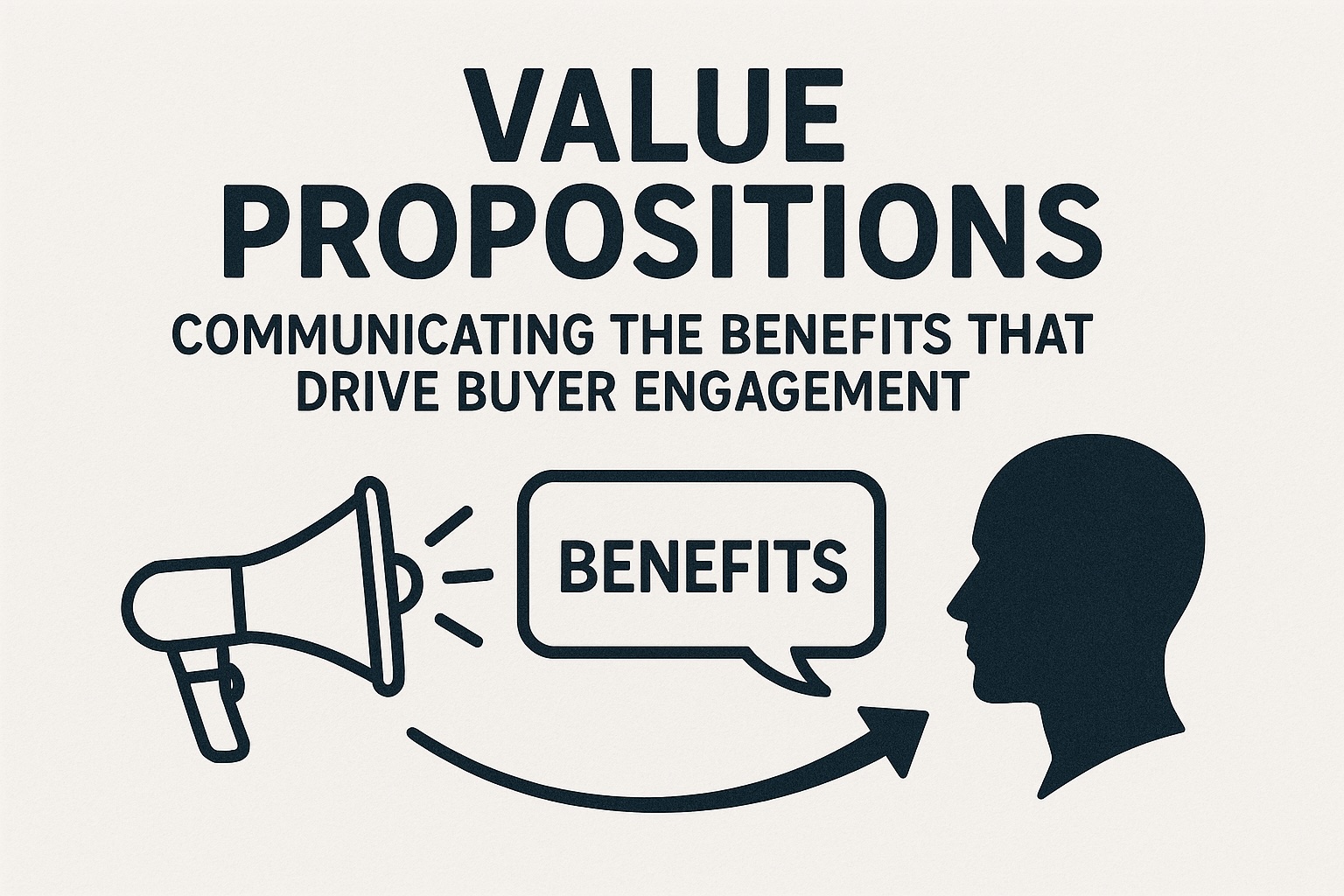Five Steps to Developing a Value Proposition

One of the biggest challenges I see on an ongoing basis with growing small business clients is how challenging developing value propositions that demonstrate the benefits is to create. Most businesses are here to fill an unmet market need. Yet, so much attention goes into developing the product or functionalities in order to get to market. Generally what happens is simply communicating the benefits of an offering gets lost in the shuffle.
It’s imperative to have a clear statement that summarizes why a customer would choose your product or service over others. Developing value propositions are vital for small business marketing, particularly with public relations. They enable teams to communicate how they are different, grab the attention of influencers and build credibility.
Before you can execute a solid public relations campaign, developing value propositions as part of your overall messaging and positioning strategy, is a must. Below are five recommended steps to help you get started. Hopefully these steps will guide you how to create value propositions that will make an impac. Moreover, gain that competitive advantage above the rest in your playing field.
Step 1: Identify Customer Needs
- Consider: What does my target customer need or want that my company has that no one else if offering?
- Identify and outline each target audience by role (ie., moms, CEO, sales manager) and capture their specific needs/challenges.
Step 2: Turn Product Features Into Customer Benefits
The ‘So What?’ Factor
- Most customers and prospects don’t want to hear about a product’s performance or technical advances. In contrast, they want to hear what’s in it for them.
- Benefits can be turned into a powerful value proposition summarizing the emotional appeal of the product or service, directly speaking to the need
- Ask yourself: How am I solving my customer’s problem?
Step 3: Develop Individual Customer Value Propositions
- Each customer has different needs and business problems. Customize value propositions to meet each need/challenge identified in Step 1. For example: CFO needs to shift from paper invoicing to electronic. Benefit: Your company addresses this need by offering a solution automates invoice processing faster, error-free and at a fraction of the cost of other similar products on the market. The emotional appeal: CFO has peace of mind he/she will save thousands of dollars that will be added to the bottom line.
- Do not attempt to create a blanket proposition that appeals to all customers and prospects because each target audience is different when it comes to needs.
Step 4: Communicate/Deliver Your Proposition
- Engage, listen, and analyze what your customer is saying when delivering your value proposition. Understanding the motivations/demands is key to having emotional appeal. Plus you may discover new or refined needs to meet.
- Streamline value propositions across all communications materials, both internal and external: Website, data sheets, blogs, social content, video content, brochures, internal messaging docs, etc.
- Always ensure and maintain consistency company-wide, and in the field.
- Remember: Customer attitudes and needs change–keep value propositions up-to-date.
Step 5: Measure the Effect of Your Value Proposition
- Engage, listen and respond. Doing so will allow you to have immediate feedback on whether your value proposition is working, or not.
- Value Measurement: The discipline of quantifying!
- Personalized Customer Relationships: Customer loyalty; repeat business; referrals; brand ambassadors.
- Improved Sales: larger deal sizes; higher qualified leads; increased profits.
- Increased PR/Marketing Tracking: Email campaign conversions; web analytics; social media metrics; media/analyst mentions, coverage.
Properly used and executed, strong value propositions will build market credibility, a competitive edge and ultimately ROI.

